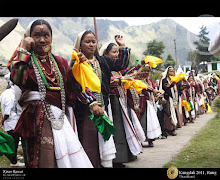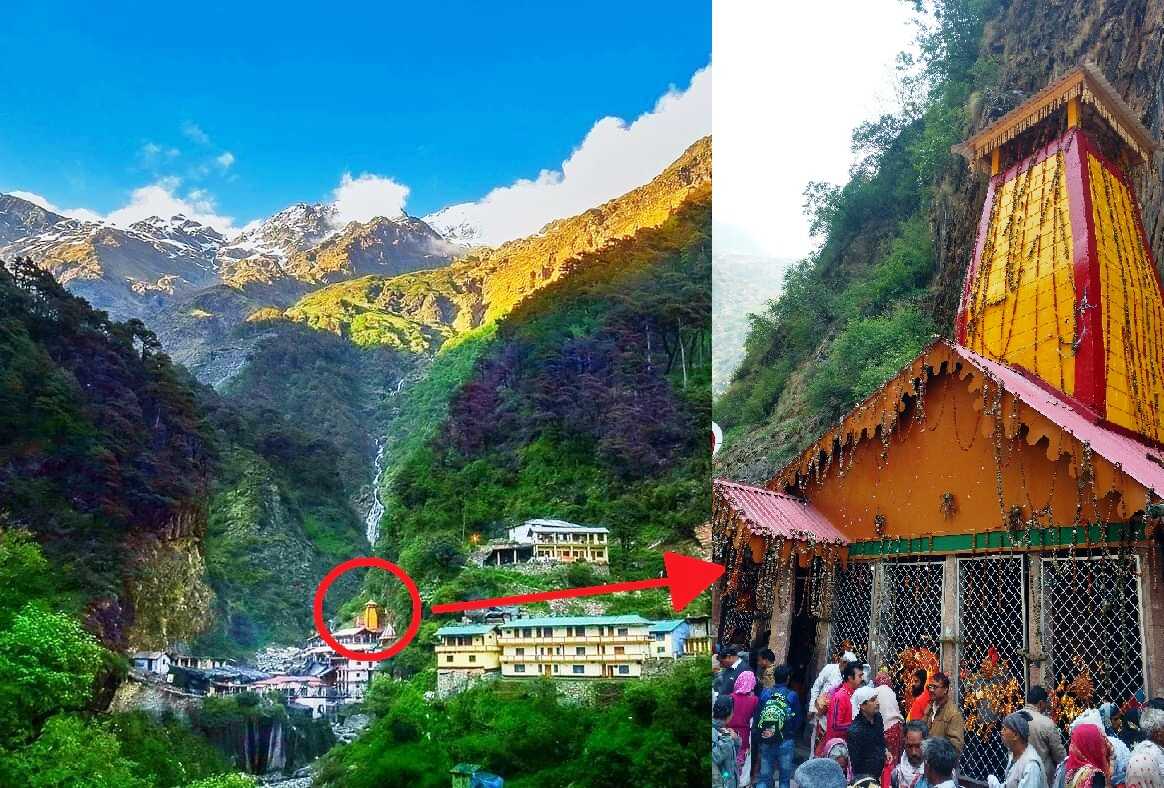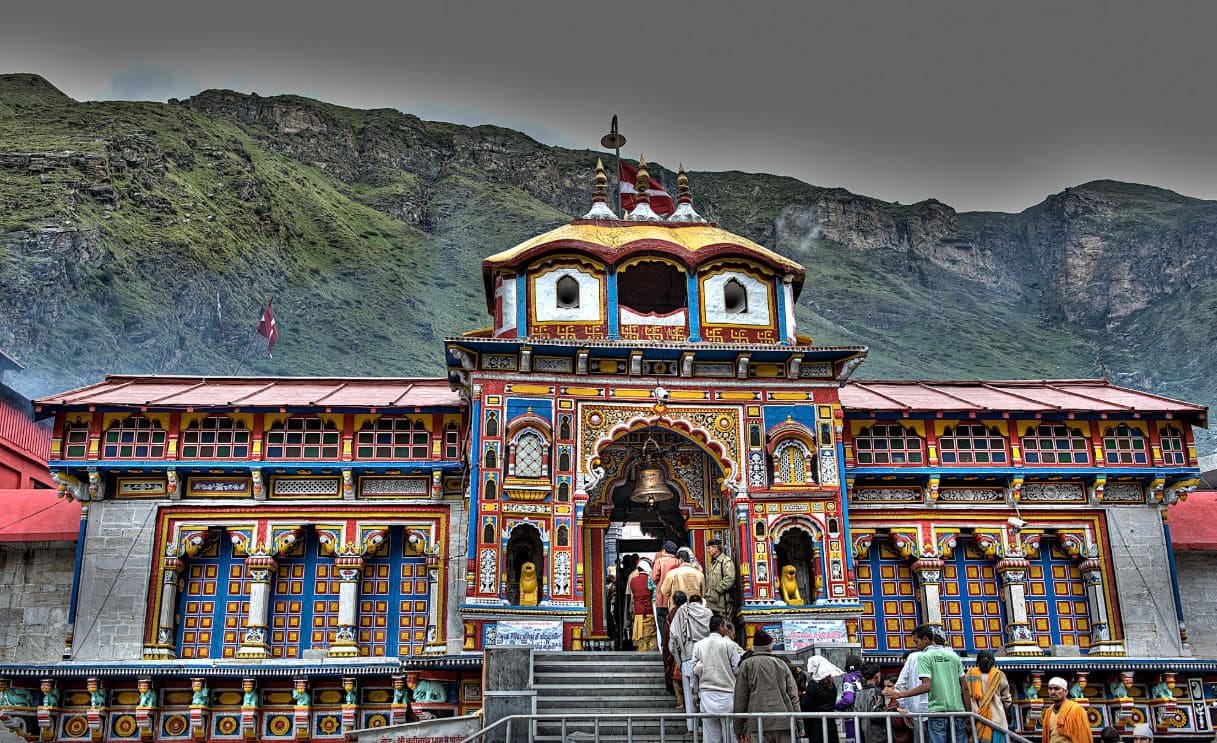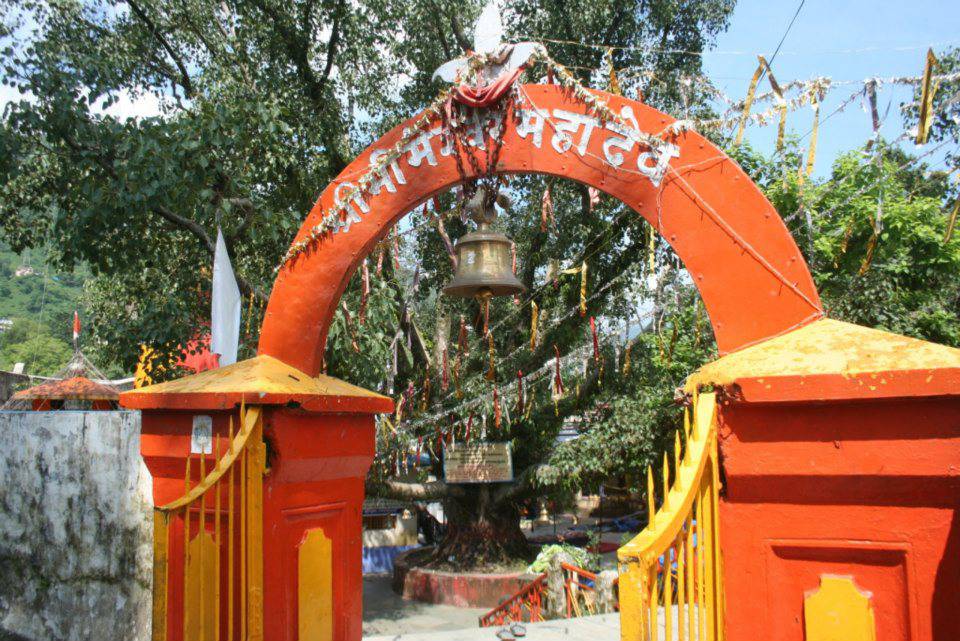Badrinath is part of Chota Chardham in Uttarakhand, it's religious aura is simply fathomless. Many of our ancient religious texts and Puranas speak of Badrinath Dham most exultantly. In this context, it is worthwhile to quote what Skanda Purana tells about Badrinath Dham. In our revered Skanda Purana, Badrinath Dham has been described in the given words-
“There are many sacred spots of pilgrimage in the heavens, earth and the nether world, but there has been none equal to Badri, nor shall there be.”
These words clearly drop a cue to the religious stature this shrine has been enjoying since time immemorial. Today too scores of pilgrims make their way to Badrinath Dham to soak in its religious gravity and depth.
“There are many sacred spots of pilgrimage in the heavens, earth and the nether world, but there has been none equal to Badri, nor shall there be.”
These words clearly drop a cue to the religious stature this shrine has been enjoying since time immemorial. Today too scores of pilgrims make their way to Badrinath Dham to soak in its religious gravity and depth.
 |
| Badrinath Temple |
Myths on Badrinath
There are several myths
associated with Badrinath Dham. One myth tells that the River Alaknanda, a
tributary of River Ganga that flows through Badrinath Dham had been lord
Vishnu’s dwelling place. Also, as per myths Lord Vishnu had grabbed this place
from Lord Shiva and had chosen it as his ‘Tapobhumi’; i.e. land of meditation.
Afterwards he had spent years of meditation at this place while his consort,
Goddess Lakshmi had protected him from the scorching sun rays and had supplied
him with food in the form of Badris or berries by assuming the shape of a Badri
Tree. As lord Vishnu had resided in the Badrinath region, it is also given the
name of ‘Bhu Vaikunth’ meaning ‘Heaven on the earth’. It is also believed that
Pandavas of Mahabharata had left for their heavenly abode from this very place
by ascending towards heaven by means of a mountain peak called Swargarohini.
Also, at an ancient cave near the Badrinath Dham Sage Ved Vyas is said to have
composed the famed epic ‘Mahabharata’.
Importance of Badrinath dham
What to See at Badrinath
Apart from the main temple of Badrinarayan,
there are other places of attraction in and around Badrinath. Given below are
some of the top places to see at Badrinath-
 |
| Tapt Kund |
Tapt Kund
 |
| Mata Murti Temple |
Mata Murti Temple
Mata Murti temple belongs to
mother goddess who is said to have given birth to sons known by the name of Nar
and Narayana. A festival referred to as Mata Murti ka Mela is celebrated quite
pompously around the temple
Brahma Kapal
Brahmakapal is a holy flat Ghat
along river Alaknanda. Hindus often perform the last rites of their deceased
ancestors on this Ghat. Brahmakapal is often considered as lord Brahma’s holy
abode.
Charan Paduka
Badrinath Temple- Architecture
The temple
consists of three distinct parts; i.e. Garbha Griha or sanctum sanatorium, the
darshan Mandap and the Sabha Mandap. The Garbha Griha is topped by a roof
conical in shape along with a small gold gilt cupola. The exterior frontal
façade of the temple bears arched windows and is brilliantly colored. The
temple architecture is often compared with that of Buddhist monastery. A flight
of broad steps take you to the main arched entrance of the temple. As you step
in, you enter the Mandap, a spacious hall with ornately carved pillars as well
as walls. The Shaligram Shila idol of Lord Vishnu or Badrinarayan is a
Chaturbhuj idol; i.e. four armed idol holding Shankha, chakra in two hands
while the other two hands resting on lap while the lord is seated in Padmasana
posture.
When to visit Badrinath
Badrinath Dham can be visited
between months May to June and then again between late August to October. The
weather during these months remains the most travel friendly. It is pleasantly
cool during this time and hence tourists and pilgrims don’t face much problem pertaining
to the weather. The months of July and August need to be avoided as the arrival
of monsoons make the region landslides prone and thus dangerous. Beyond the
month of October, heavy snowing and rapid drop in temperatures make Badrinath Dham
quite inaccessible.
Reaching Badrinath
As it is located at a few km from the Indo-China (Tibet)
border, Badrinath can be reached in two days from either Kedarnath or one of
the major points of disembarkation in the plains.
By Road, from
Gaurikund near Kedarnath, Badrinath is at the distance of 233 km. From the
north of Rishikesh (another famous Hindu pilgrimage spot), it is 301 km away.
Badrinath is well linked with other famous spots such as Haridwar, Dehradun,
and Kotdwar.
By Air, the Jolly
Grant airport near Dehradun is closest one at a distance of 317 km. However, Badrinath also visit by helicopters.
By Rail, the close
by stations is Rishikesh (297 km) and Kotdwar (327 km).




0 comments:
Post a Comment